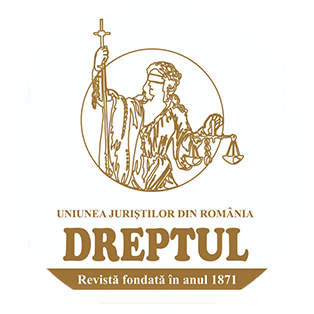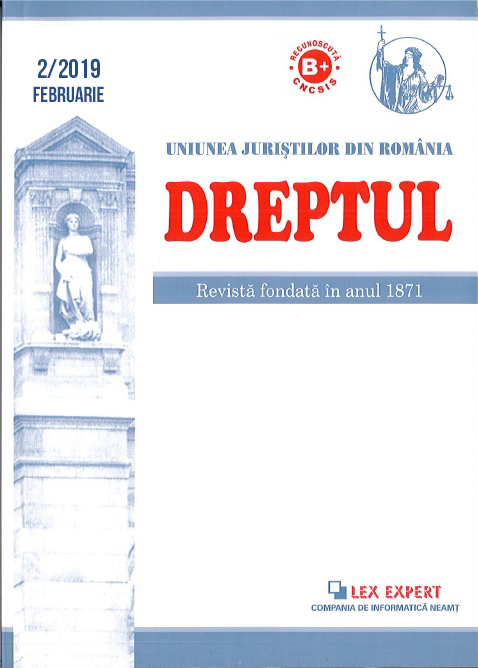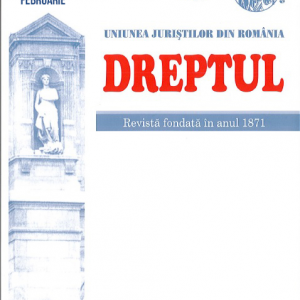The solution given by the Constitutional Court of Romania through its Decision No 358/2018 on the legal conflict of a constitutional nature between the Minister of Justice and the President of Romania, regarding the possibility of revoking the Chief Prosecutor of the National Anticorruption Directorate, as a result of which it acknowledged a „power of decision” on the part of the Minister of Justice on prosecutors’ activity, is based on the interpretation of the constitutional text provided by Article 132 (1), according to which public prosecutors shall carry out their activity under the authority of the Minister of Justice. This particular legal provision was interpreted by the Constitutional Court by applying the historical interpretation method, by expressly referring to the will of the original constituent, from which it could not digress without exceeding the limits of its interpretation operation and thus interfering with the law making process, in the Court’s opinion.
But what are the limits of legal interpretation? How did the Constitutional Court justify its option for the historical interpretation approach? Is this historical interpretation static or dynamic, evolutive kind? Could the constitutional text have been interpreted from an evolutive perspective? But even so, did the Court make a just historical interpretation of the constitutional text? What are the solutions envisaged and how can the Constitutional Court fulfil its rightful role in a rule of law state?


